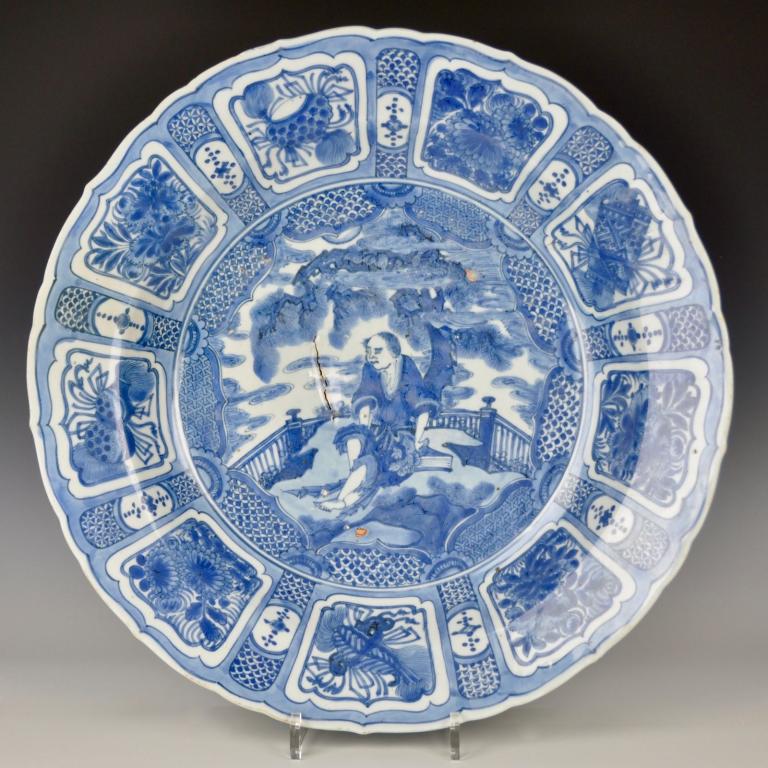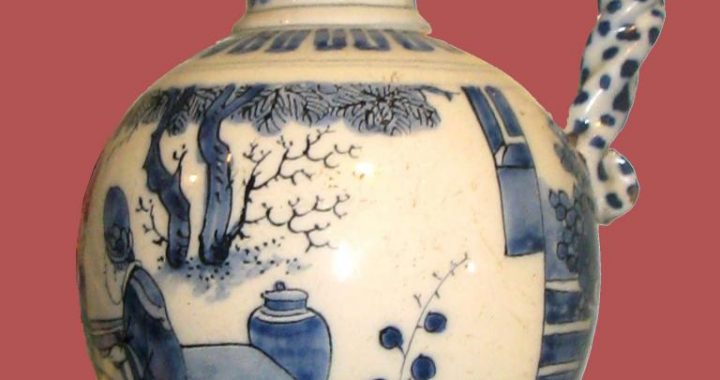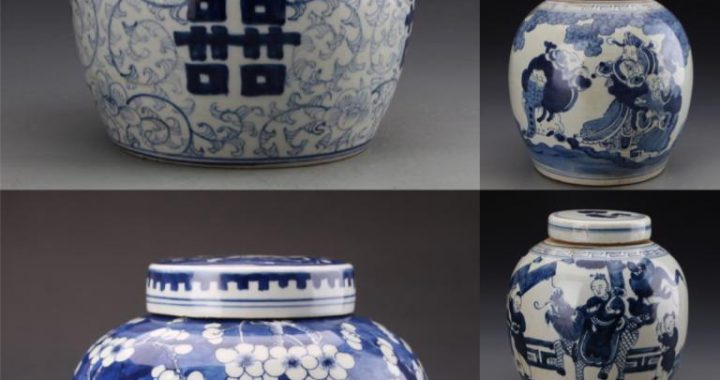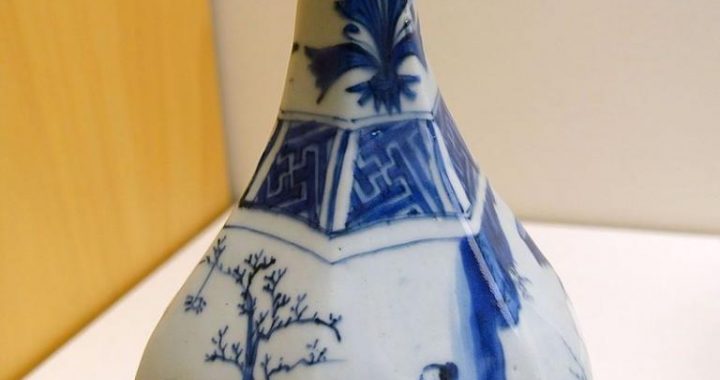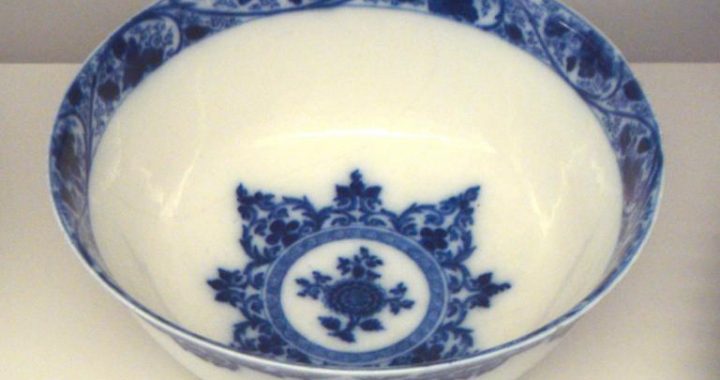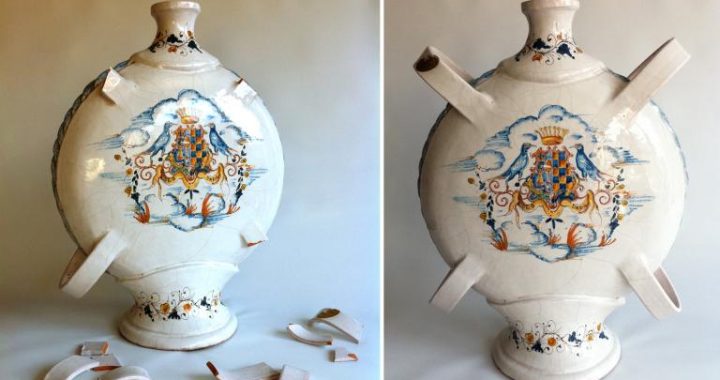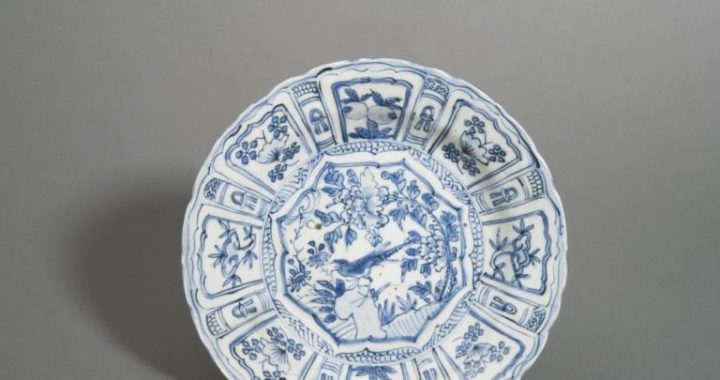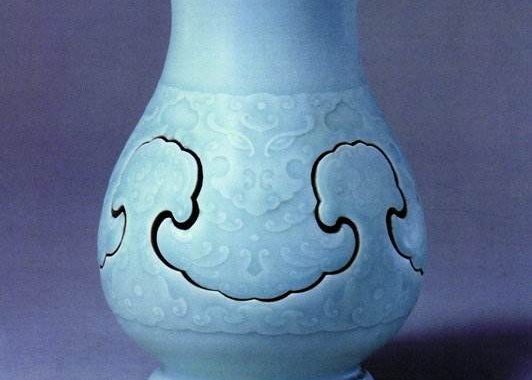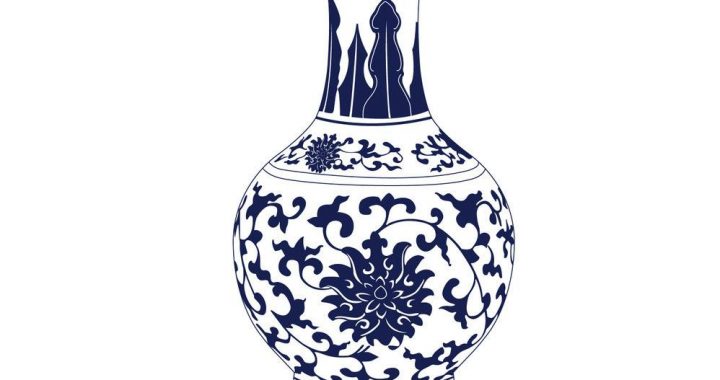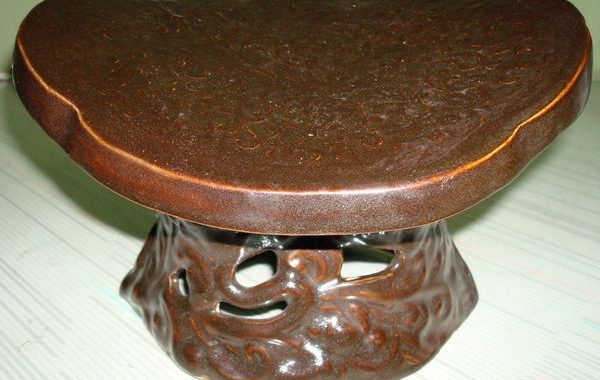Ming Dynasty Blue-and-white wares
5 min readThe economy of the early Ming dynasty was still recovering from the over two decades of war in the lateYuan dynasty.On the other hand,with the downfall of theYuan dynasty,the supply of Sumali glaze was interrupted for the time being.The dark blue on Yuan dynasty blue-and-white wares was replaced by grayish blue tinged with black.Under such circumstance,the Ming emperors spared no effort in restoring porcelain production in Jingdezhen,and started to set up royal kilns there,which only produced porcelain for the court.
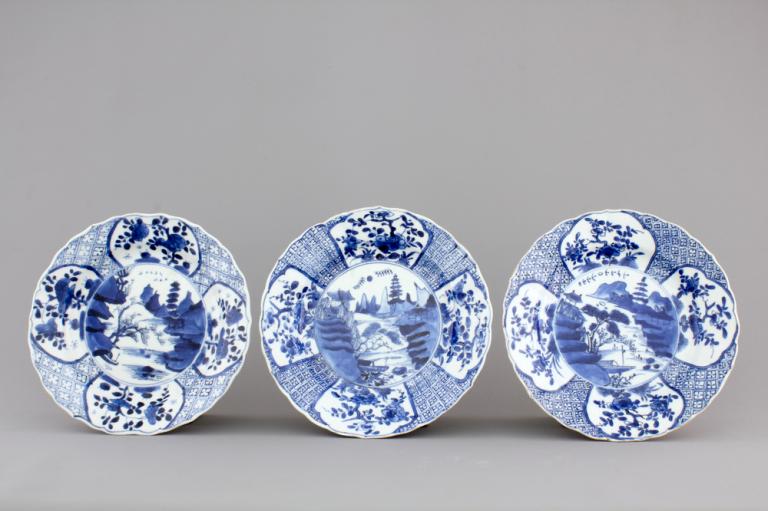
Through a period of recovery and development,under the reign of Emperor Yongle,society tended to become stable,while economy started to boom,and the era between Emperor Yongle and Emperor Xuande was considered as one of the heydays in Chinese history, the so-called”Time of Prosperity during Emperors Yongle and Xuande’s Reign”. Porcelain production flourished in this era as well.
Owing to the efforts made by Emperor Yongle and the great Chinese mariner Zheng He, Sumali glaze was re-introduced into China, and the former luster on blue-and-white porcelain was restored.
Talking about Emperor Yongle, he robbed the throne from his nephew by force rather than inherited it from his father or brother. This disgraceful enthronement, however, shall not negate his capability to govern country, as Ming enjoyed mighty national power and economic prosperity under his rule. Moreover, in order to show national prestige and enhance overseas trade with other countries, the Ming government sponsored a series of seven naval expeditions. Zheng He was placed as the admiral in control of the huge fleet and armed forces that undertook these expeditions.
This great deed is recorded in Chinese history as”Zheng He’s Voyages to the Western Seas”.Through his several voyages, Zheng He and his fleet visited dozens of countries and regions. They not only brought back Sumali glaze to China once again, but also learnt different cultures, and introduced Persian and Islamic cultural and art influences into China’s porcelain production. As a result, many new types of blue-and-white wares appeared during this period, which bore similarities to golden and silver wares of Persia, and also with decorations of Persian style.
The style of porcelain in Emperor Yongle’s era also influenced his grandson’s (Emperor Xuande) porcelain.
Both wares bear strong exotic flavor in terms of material and style, and are very large in size. Therefore, it’s hard for ordinary people to tell the difference between them.
Porcelain firing began to decline after Yongle andXuande period, and blue-and-white wares underwent a dark age or the so-called”Blank Period”. To date, we have not seen a single piece of confirmed royal kiln product, not to mention any delicate blue-and-white wares. The “Blank Period”emergence in the Ming dynasty was the result of the chaotic political situation and frequent replacement of emperors during this time. The dramatic Tumu Crisis against the Mongols was very much to blame for such turbulence.
The Mongols were split into three tribes in the late Yuan dynasty. Among them, the Oriat tribe developed rapidly, and always cast covetous eyes on the central plain.
In 1449, in excuse of insufficient bestowments from the Ming court, the Oirat Mongols waged a large-scale invasion southwards. Emperor Yingzong hastily assembled several hundreds of thousands of soldiers, and led them to the battlefield at Tumubaoin person. However, his army was overwhelmingly crushed by the Oriat troop, who only had some one-tenth of soldiers, and even Emperor Yingzong himself was captured. This is recorded as”TumuCrisis”. After the victory there, the Oirat continued to attack Beijing, with the Emperor in their hands.
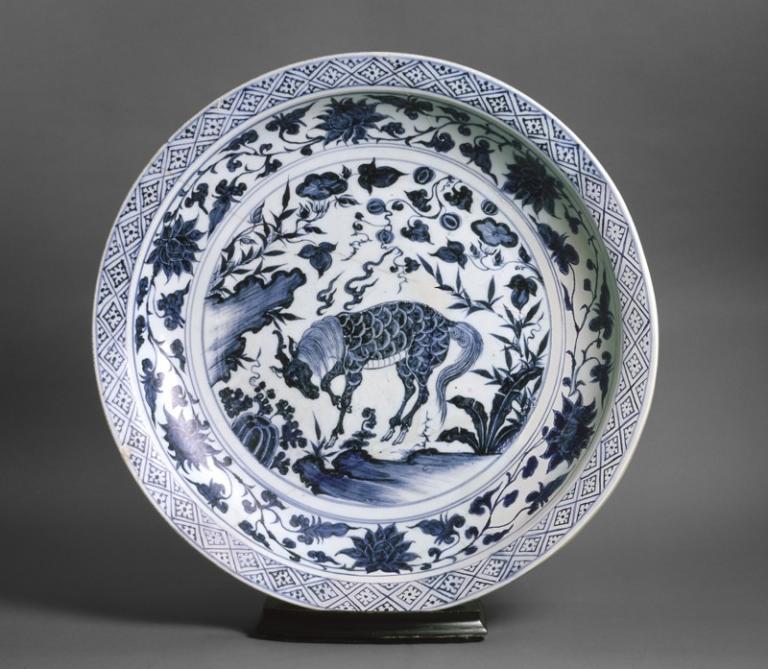
Considering the country more important than an emperor’s life, the Ming officials enthroned Emperor Jingtai(younger brother of Emperor Yingzong). After desperate resistance, victory finally leaned to Ming, and Emperor Yingzong was unconditionally released. After years of plotting, heeventually managed to re-ascend to the throne. These numerous wars and political instability during the years dragged porcelain firing into a slump. Although the civilian kilns kept functioning, the royal kiln was virtually suspended.
With the return of peace and stability, Ming porcelain industry began to revive, but presenting a totally different style in terms of glaze and shapes from that of Yongle and Xuande. The imported Sumali blue was replaced by a new pigment named “pingdeng blue”which produces lighter and softer blue. Blue-and-white wares of this period are best represented by products in the reign of Emperor Chenghua, whose grayish blue appears very graceful and tender. Also, they focused on delicate and exquisite shapes rather than the majestic ones during the Yongle and Xuande era. Such style continued until Emperor Zhengde’s period, when the previous vibrant and grand manner was gradually restored.
Porcelain firing during the reign of Emperors Jiajingand Wanli reached peak again during the Ming dynasty.
Like many Song emperors, Emperor Jiajing fervently embraced Taoism. His belief was infiltrated into blue-and-white ware firing of the royal kiln, manifested for instance, in terms of varied kinds of round or quadrate calabash-style porcelain shapes. Such influence was more distinctively presented by decorations.Patterns such as the eight divinatory trigrams,ruyi-sceptre,the eight emblems,crane among clouds,and the scene of Lao-tzu preaching,were all very popular during the Jiajing period,which were usually supplemented by characters and phrases with auspicious meanings,such as the Chinese character(blessing),(longevity),or idioms like“a bumper harvest of the five cereals”,“the wind and rain come in their time”,and“Long Live the Emperor”.Such application of characters may also have been closely related to Emperor Jiajing’s personal belief.
Porcelain was shipped overseas in large quantity during the reign of Emperor Wanli,of which many were large in size. Decorations on blue-and-white wares became more intricate, with bright and lively colours and no clear distinction between primary and secondary patterns.
Another type of blue-and-white during this period features soft delineation, with harmonious arrangement of deep and light colours, and appears fresh and elegant.
Ming porcelain industry went on wane after Wanli era, only to be re-generated and ushered into another golden age in Emperor Kangxi’s reign of the Qing dynasty.
